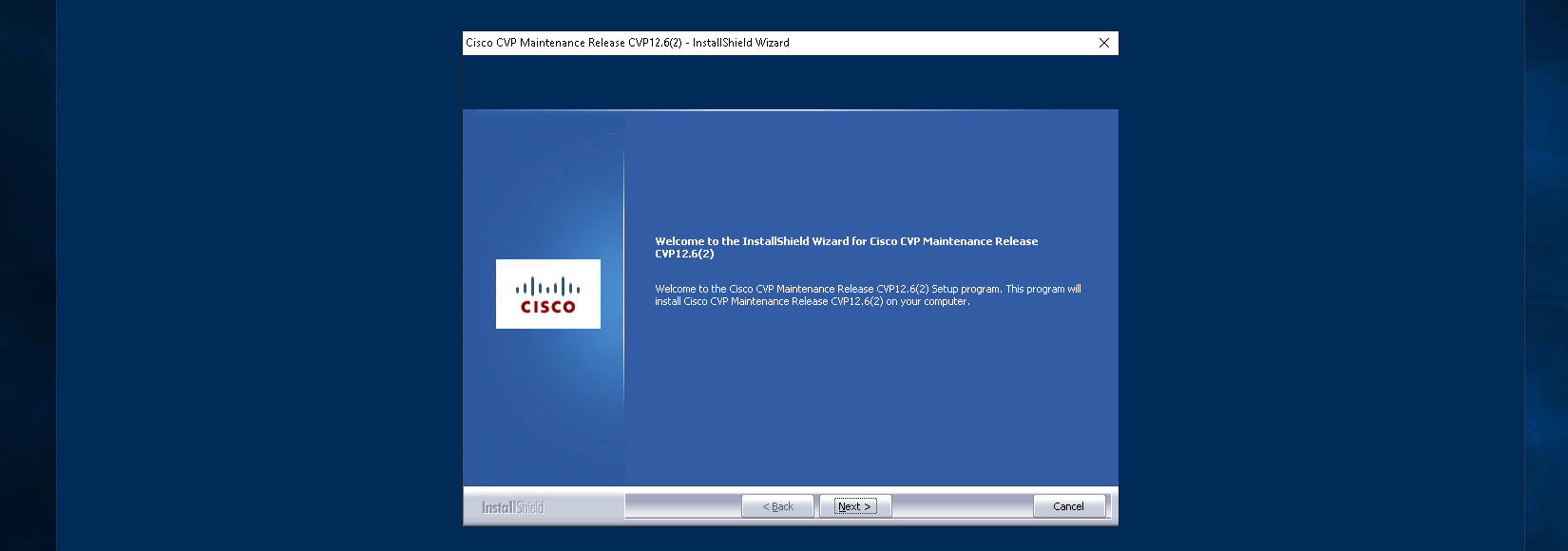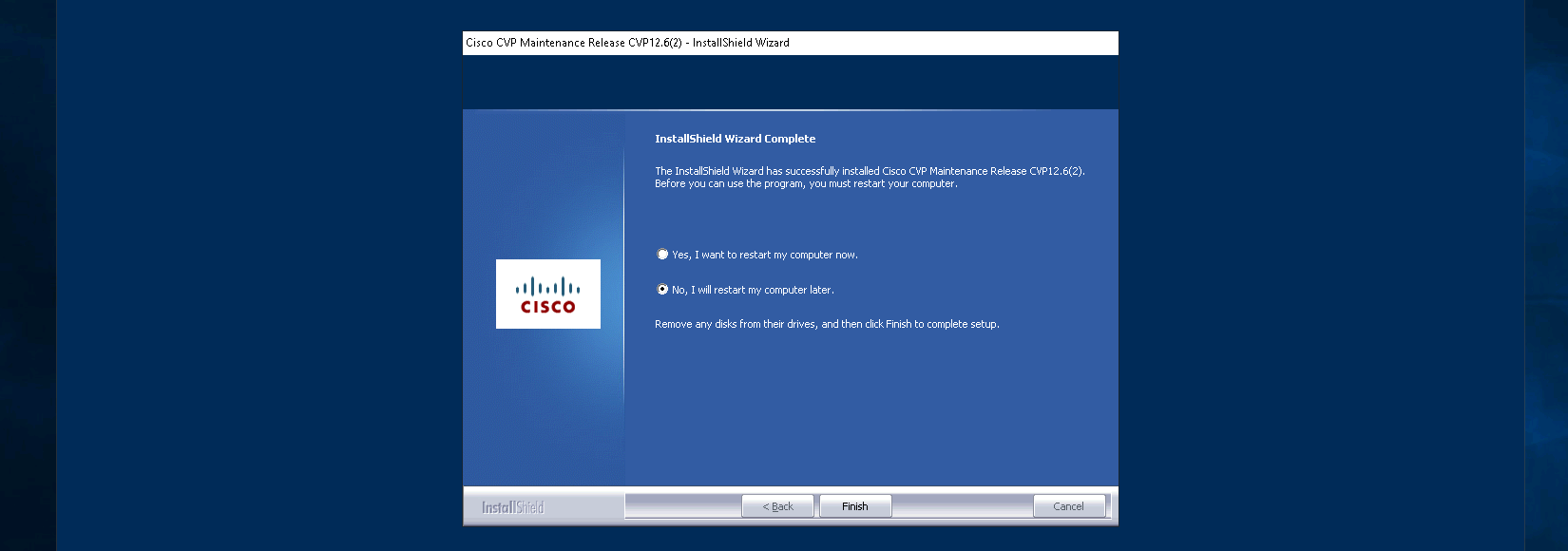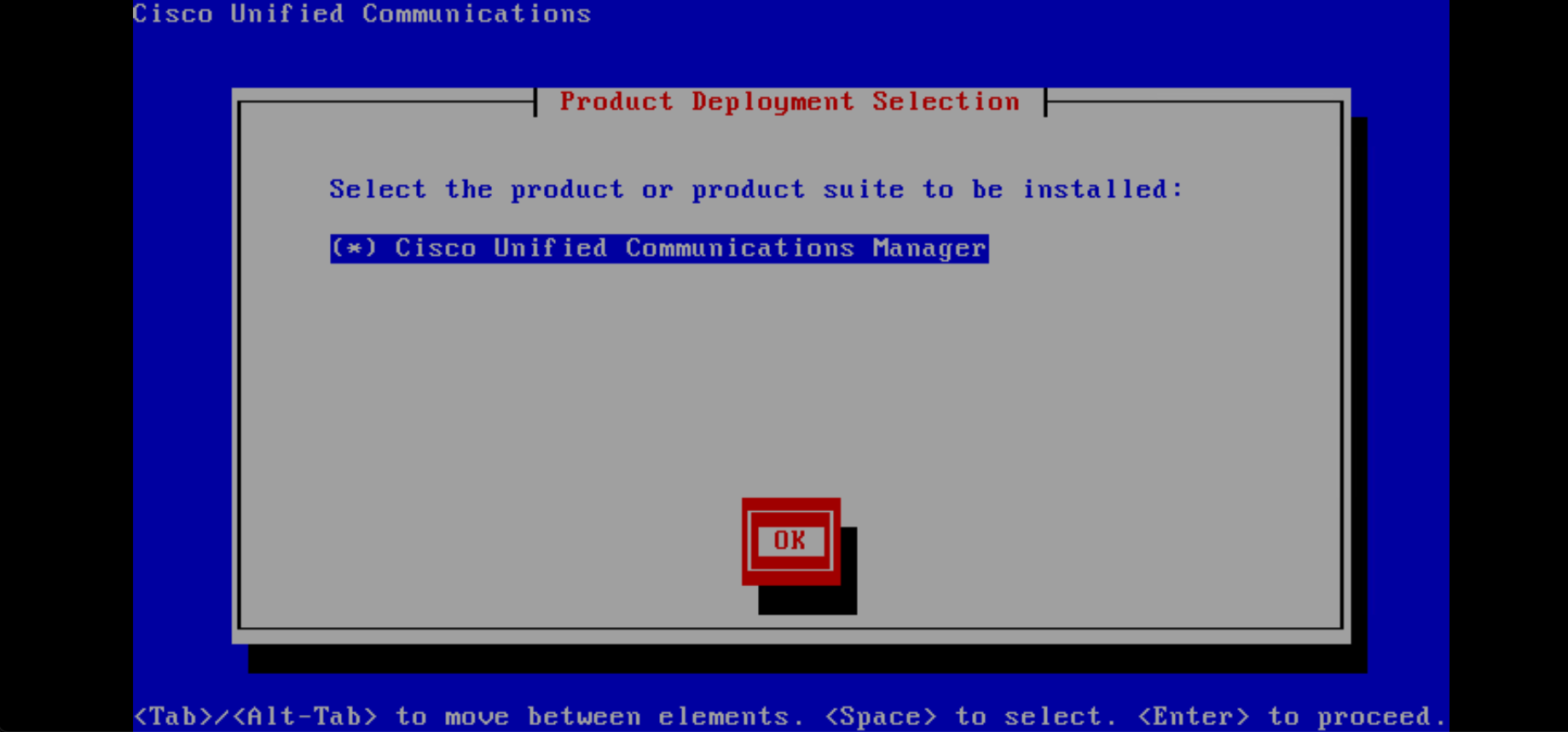Cisco Packaged Contact Center Enterprise (PCCE)
Cisco Packaged Contact Center Enterprise (PCCE) is a comprehensive contact center solution designed for large organizations. It integrates various communication channels (like voice, email, chat, and social media) into a unified system, allowing businesses to manage customer interactions efficiently.
Preparing Installation
Here we will install PCCE 12.6(2) Lab Simplex Mode, which it consists of these following servers :
- AW-HDS-DDS : Manages system configuration and stores detailed and historical call data for reporting.
- PG (Peripheral Gateway): Connects and manages communication between the contact center and peripheral devices.
- Rogger (Router and Logger): Routes calls and logs call routing data for real-time and historical reporting.
- CVP (Customer Voice Portal): Provides IVR capabilities for customer interactions before agent routing.
- CUCM : Manages IP telephony and VoIP call routing and features.
- CUIC : Generates comprehensive reports and dashboards from contact center data.
- Finesse : Web-based interface for agents and supervisors to manage calls and access customer information.
- VVB : Interfaces between IVR applications and the telephony network for voice interactions.
The first 4 servers are Windows Based, follow this PCCE 12.6.2 Intstallation Guide for setting up the Windows Servers up to the Database installation.
Preparing Windows Based Servers
AW, PG, Rogger
For these 3 servers, run the ICM 12.5.1 Installer
Select Fresh Install
For Maintenance Release, point it to the 12.6(2) Patch Installer
Select the disk target
Lastly hit Install
After the installation finishes, the server will restart and the 12.6(2) Installer would show up
Hit next until the it asks for another restart
The ICM installation finishes
CVP
For CVP, run the CVP 12.5(1) Installer, select CVP Server
Select the desired codec
Then select the installation paths
Next hit install
Restart the server, then continue running the 12.6(2) Installer
Restart the server for the second time, and the CVP installation is done
Preparing Linux Cisco Appliances
Install all the linux servers
CUCM
CUIC
Finesse
Running the Domain Manager
On AW, open Domain Manager and add the Cisco Root, Facility, and Instance names
Dealing with Certificates
Before we proceed with PCCE installations, we have to make sure all the servers trust each other’s web certificates
AW, PG & Rogger
Open Keystore Explorer and point it to C:\icm\ssl\cacerts, then import all certs and CA
Do the same for the cacerts for the OpenJDK
CVP
Import all the certs using the keytool command
Installing PCCE
To begin the PCCE installation, open the CCE Admin web page
Configure the Deployment Type and select the Instance
Next enter the Inventory containing the server details
Here’s what the csv filled with
Next select the audio codec and enter the admin credential, then hit next
Let the installation runs
After awhile, SPOG CCE Admin should be accessible
Adding VVB
Next install the VVB Server
Access the VVB Admin page and run the components activation
After that, select Add External Machine and add the VVB
Now we have all the servers installed
Configuring CUCM
Firstly, configure Clusterwide Domain Configuration
To route calls to agents, PCCE uses a SIP server group requiring an FQDN format. Although this is a fabricated FQDN, it must be configured in CUCM, otherwise CUCM will reject the calls.
Next create a SIP Trunk pointing to the CVP server
After that, we want to configure so CUCM is able to send calls to PCCE (also known as CUCM PG originated calls). This number will be triggered when we make an internal call through CTI Route Point.
To actually know the number, go to Overview » Call Settings » Miscellaneous » Main Site, and look at the Unified CM Label
Now add create a Route Pattern pointing to CVP based on that label followed by 4 extra digits (XXXX), which is a correlation ID that PCCE prepends by default.
Configuring PCCE Route Settings
Next We are going to create two types of routes in PCCE. One for our network VRU labels and another for our Agent Extensions.
Firstly, on Route Settings » SIP Server Groups, create Server Groups for our VVB and for our CUCM
Then on Route Pattern, we’re creating pattern that starts with 70XX because that’s our agents extensions, then we add the 77777777> pattern which is the default Network VRU label, and lastly we also add routes for 91919191 and 92929292 for default ringtones and error messages
Configuring Voice Gateway
On the VG, we’re creating a dial-peer to pass the call to CVP with the dialed pattern of 6000
And now if we try making a call to 6000 that goes though VG, we can see on Router Log Viewer that the call has been received by PCCE
Configuring PCCE
Now is where we actually configure PCCE to handle a call, on CCE Admin » Overview » Route Settings, add new Call Type
Next create a new Dialed Number of 6000 pointing to the Call Type, with the routig type of External because this is an external call received from VG
Then create a new simple ICM Script to handle a call and pass it to a VXML Application. This application only plays a simple music
After that, associate the Script to the Call Type
Now trying to make another call going to 6000, the call is handled by PCCE as shown by the Script Monitor
Passing Call to Agents
Now we change the Script a little bit, where after the music ends we will pass the call to a skill group with an agent ready to answer the call
Now when we make another call to 6000, it’ll be passed to an agent
Creating Internal Calls from CUCM to CVP
To create an internal call, add a new Dialed Number pointing to the same Call Type, but with the routing type of Internal Voice
On CUCM, create a CTI Route Point with the same Extension registered to the pguser
And if we make an internal call to 6100, the call will be passed to CVP
And eventually to the same agents because we use the same Call Type and Script



















































